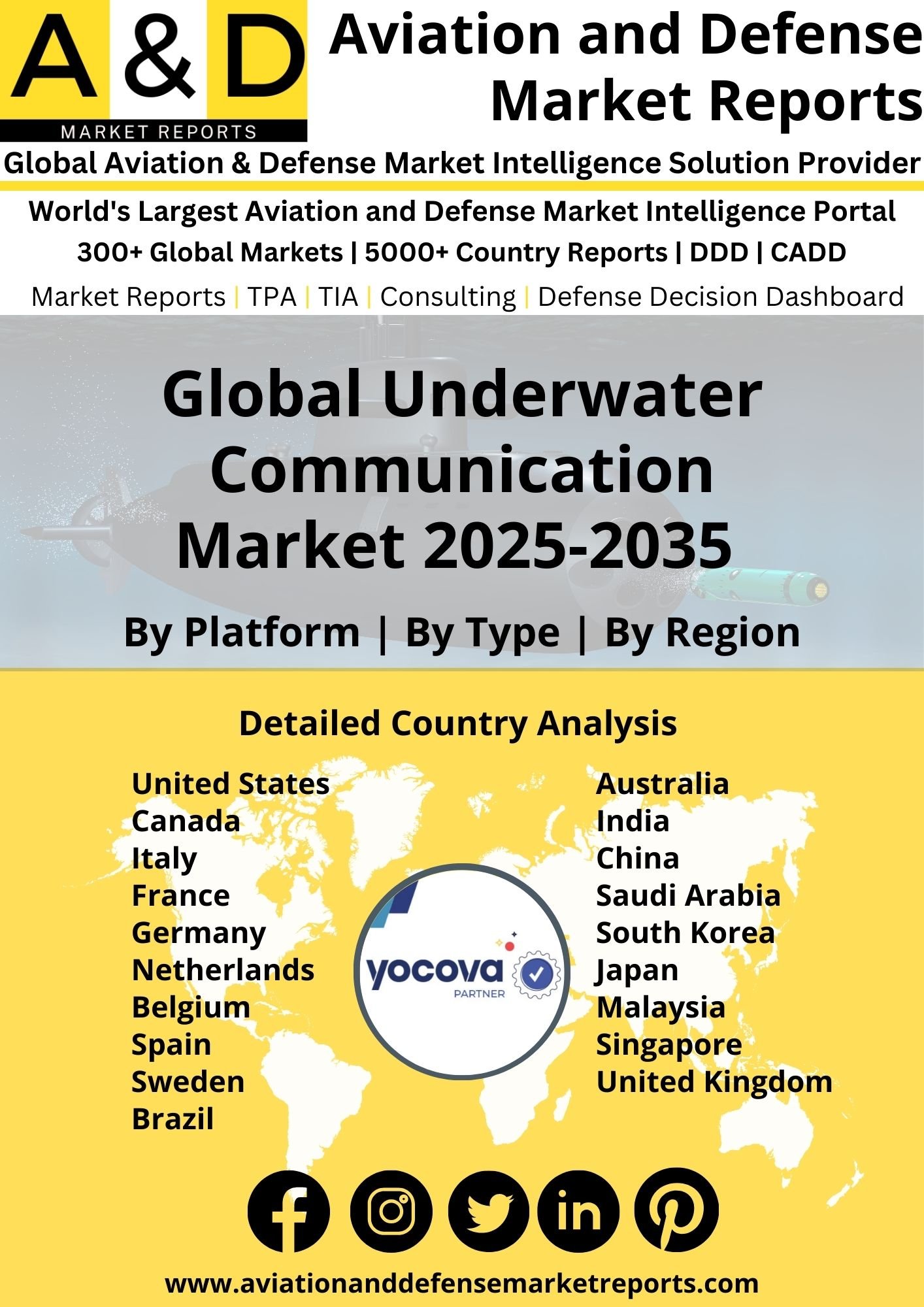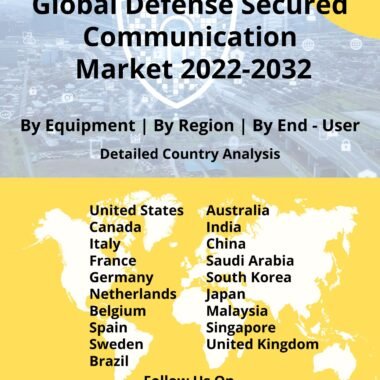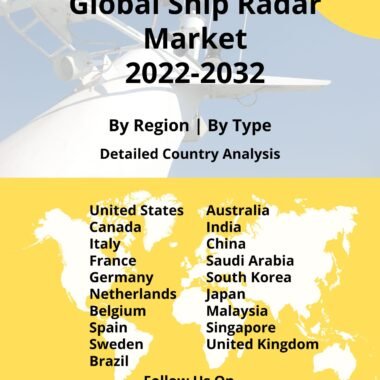Description
Underwater Communication Market
Frequently Asked Questions of Underwater Communication Systems
Underwater communication as the connotation suggests includes technological advances that allow underwater ships, submarines, UUVs, and other deployable to communicate with one another. The use of this technology promotes strategic and tactical positioning of various underwater systems which supports lethality against adversaries.
Research suggests that communication with submarines is an area of study which is regarded as rather challenging owing to the inability of radio waves to penetrate within the water bodies. However, very low-frequency radio waves are noted to have the ability to carry information within water bodies thus this technology is increasingly used for surface-underwater communication. Additionally, acoustic signals are also noted to be predominantly used within water bodies to communicate with devices, the advent of stealth technologies has promoted the number of people studying this Underwater Communication Market Size. Other techniques used include sonar and blue rays. The optical waves, like laser waves, are less attenuated by clear sea water, although dispersion still has an impact. This is why precise pointing is necessary when using tiny laser beams to transmit optical signals.
Major factors driving Underwater Communication Market Growth
The increase in investment in naval platforms across all major economies is one of the main reasons that is expected to fuel this underwater communication market growth expansion. The main reason that naval forces are a major strategic priority is the escalating tensions between the world economies. The ongoing struggle between China and the US for military, naval, and airforce supremacy is noted to be one of the primary factors which are poised to bolster the procurement of underwater systems. As of 2022, according to the Naval Sea Systems Command, the US Navy last month demonstrated an end-to-end intelligence preparation of the operating environment (IPOE) mission using a prototype of the Snakehead large displacement uncrewed undersea vehicle (LDUUV) (NAVSEA). This technology is presently being worked on by China as well.
IPOE missions are a requirement that must be fulfilled in order to comprehend a field of interest and determine an appropriate course of action to help the warfighter. In order for a submarine to approach or exit a certain region undetected, it includes producing precise maps of the sea floor and identifying hazards or other things of interest.
Trends influencing the Underwater-Communication Market Size
Trends within the market suggest that real-time communications are now required by the majority of military and commercial applications, whether they use point-to-point links or networks. The increased market penetration of telecommunication-based devices within the military, as well as the commercial domain, is poised to be one of the predominant factors that promote this growth. Underwater Communication Market trends, The project intends to design protocols for lengthy propagation delays, strict power needs of the underwater environment, efficient signal processing techniques, multiple access methods, encoding schemes, and coding schemes.
Underwater-Communication Market Forecast & Dynamics
Underwater Communication Market analysis, the spectrum of applications for effective communication systems has expanded, but so have the demands placed on system throughput and performance. Divers were replaced by acoustically controlled robots to maintain submerged platforms, pipelines, and other facilities. Underwater Communication Market reports, acoustic communication devices are capable of enabling high-quality video transmissions up to the research vessels at the surface or transferring telemetry data over great horizontal distances from the bottom of the deepest ocean trenches. The data collected through this system is carefully curated in order to moderate the activity in the underwater depths.
Underwater Communication Market analysis, the growth in usage of unmanned technologies is one of the main market drivers for the increased requirement for underwater communication systems. This technology is increasingly used in mine countermeasure operations. Underwater Communication Market forecast, the use of efficient communication devices would hereby allow enhanced transfer of information between the unmanned system and the manned vessels/ submarines, thus helping them navigate semi-autonomous systems within water bodies.
Underwater Communication Market Analysis for Recent Developments
Underwater Communication Market reports, JANUS, a standardized protocol to transfer digital information underwater using acoustic sound, was approved by NATO’s Centre for Maritime Research and Experimentation in the recent past (as modems with acoustic couplers did in order to make use of analog telephone lines). It is described in STANAG 4748 and operates at frequencies between 900 and 60 kHz over a range of up to 28 kilometers (17 mi). Its name comes from the Roman deity of gateways, openings, etc., and it can be used with both military and civilian, NATO, and non-NATO, devices.
This year’s NATO “Dynamic Messenger” (DYNMS) exercise was used to test a variety of maritime unmanned systems (MUS), including underwater 5G “mesh” connectivity between surface and underwater assets. The exercise, which took place near Tróia, Sado River, and offshore of the Sesimbra Peninsula in Portugal, helped NATO members test the maturity of this technology. The test served as an important proof-of-concept platform for NATO Alliance operations involving unmanned underwater vehicles (UUVs). The exercise was attended by sixteen NATO member countries, including Belgium, Canada, Denmark, France, Germany, Turkey, Greece, Italy, Latvia, the Netherlands, Norway, Poland, Spain, Sweden, the United Kingdom, and the United States. Other countries, including Japan, New Zealand, and South Korea, also sent official observers. Three autonomous underwater vehicles (AUVs), two unmanned underwater vehicles (UUVs), one autonomous surface vehicle (ASV), eight unmanned surface vehicles (USVs), and thirteen other drones participated in the exercise. Creating 5G sea testbeds is a relatively new innovation, particularly in the military field. It aims to enable the seamless integration of various 5G-ready devices, sensors, vehicles, and endpoints for enhanced communication capability during remote operations. To that end, defense contractors such as Lockheed Martin have already created prototypes of the 5G testbed variant for the US Marine Corps’ “Open Systems Interoperable and Reconfigurable Infrastructure” (OSIRIS).”







